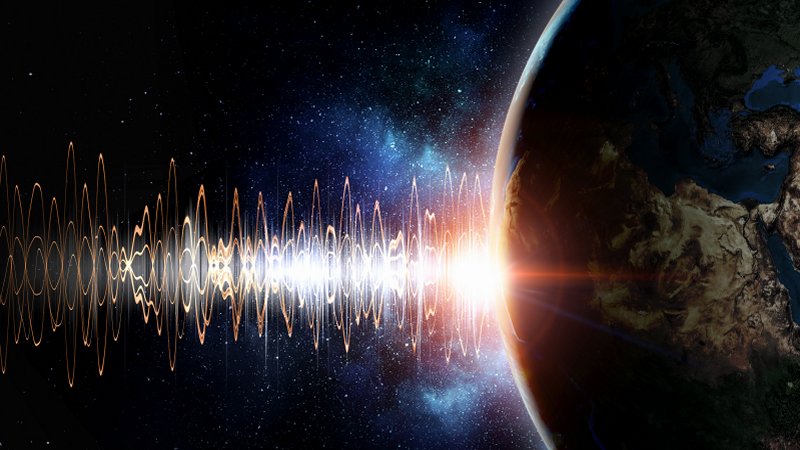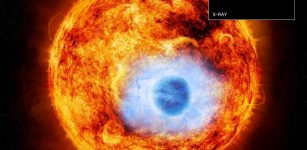Giant Space Telescope Deployed In Lake Baikal – What Can It Detect?
Cynthia McKanzie – MessageToEagle.com – Located in the mountainous Russian region of Siberia, north of the Mongolian border, Lake Baikal is the world’s deepest lake, and it naturally has many interesting underwater secrets to reveal. The reason Lake Baikal is so deep is because it is located in an active continental rift zone.
Lake Baikal. Credit: Max Dawncat – CC BY 2.0
On Saturday, March 13 scientists deployed a giant space telescope in Lake Baikal. What do scientists expect to find?
The telescope, called Baikal-GVD (Gigaton Volume Detector) will not look for any underwater ruins, or exotic animals living beneath the waters. Instead, this huge underwater telescope will peer deep into the universe from the pristine waters of Lake Baikal.
Being one of the world’s biggest underwater space telescopes, Baikal-GVD has been specially designed to observe neutrinos, the smallest particles currently known.
Neutrinos are fundamental particles that were first formed in the first second of the early universe, before even atoms could form. They are also continually being produced in the nuclear reactions of stars, like our sun, and nuclear reactions here on earth.
Scientists from Russia, Germany, the Czech Republic, Poland, and Slovakia, dug a rectangular hole in Baikal’s frozen surface and Baikal-GVD’ was submerged to a depth of 700-1300 m.
Baikal-GVD (Gigaton Volume Detector) – The neutrino underwater telescope. Credit: Baikal GVD
The study of neutrinos is extremely challenging to astrophysics because these subatomic particle particles have very little interaction with matter and are therefore so difficult to detect.
“A neutrino telescope measuring half a cubic kilometer is situated right under our feet,” Dmitry Naumov of the Joint Institute for Nuclear Research told AFP while standing on the lake’s frozen surface.
In several years the telescope will be expanded to measure one cubic kilometer, Naumov said.
The Baikal telescope will rival Ice Cube, a giant neutrino observatory buried under the Antarctic ice at a US research station at the South Pole, he added.
Russian scientists say the telescope is the largest neutrino detector in the Northern Hemisphere and Lake Baikal—the largest freshwater lake in the world—is ideal for housing the floating observatory.
“Of course, Lake Baikal is the only lake where you can deploy a neutrino telescope because of its depth,” Bair Shoibonov of the Joint Institute for Nuclear Research told AFP.
“Fresh water is also important, water clarity too. And the fact that there is ice cover for two-two and a half months is also very important.”
Written by Cynthia McKanzie – MessageToEagle.com Staff Writer












